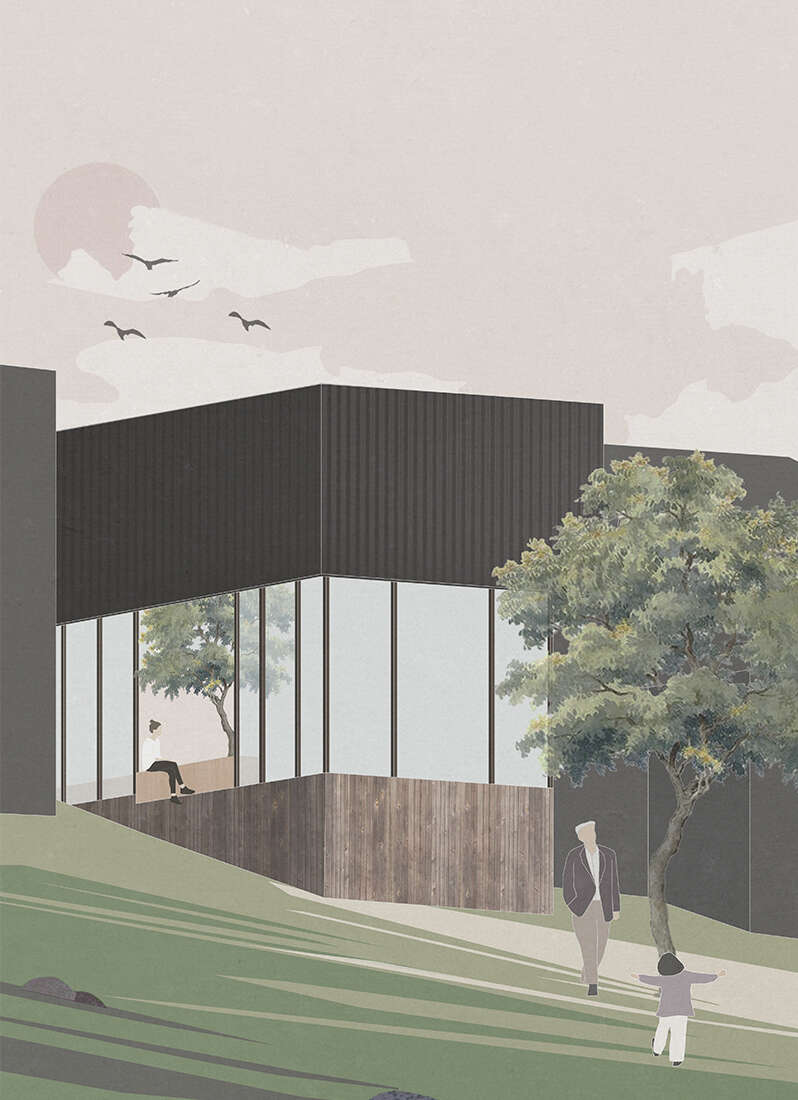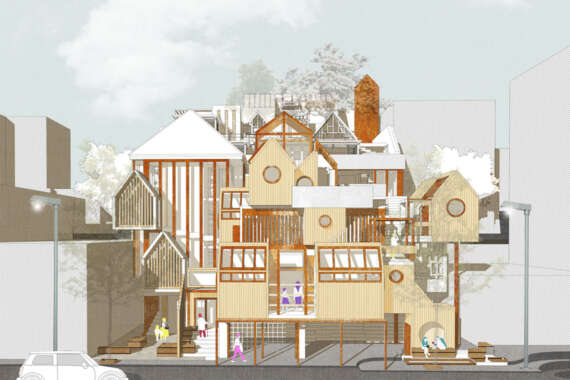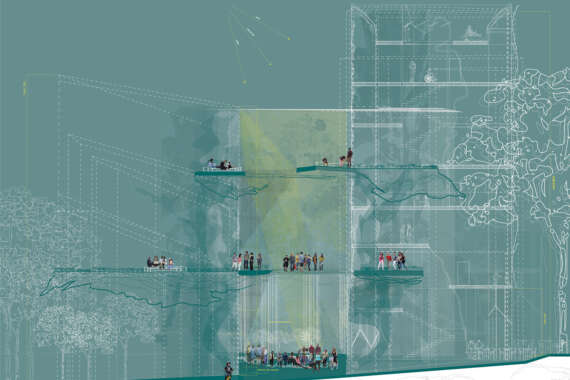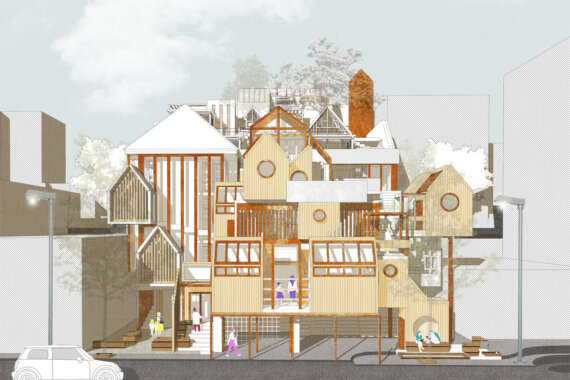Muryo Jitaku : A Forecast for the Future of the Detached Home in Urban New Zealand
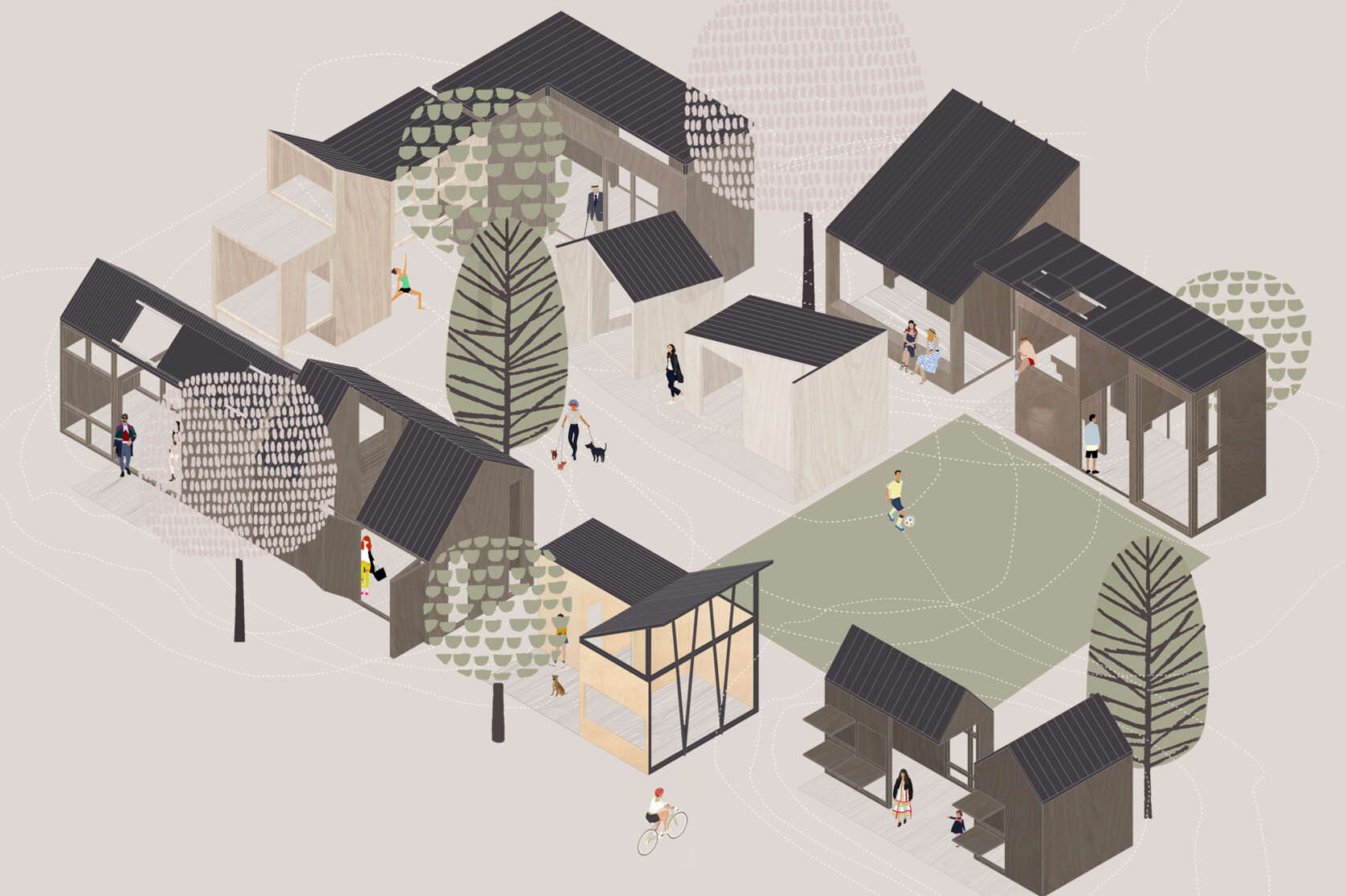
Can the low-rise, stand-alone dwelling, when well-designed in accordance with smallness, counter New Zealanders’ current demand for quantity over quality in the vision that is formed of the ‘ideal’ home?
Small architecture has been historically stigmatised as affordable housing solutions that are either constructed under strict budget constraints or solely considered as temporary, portable, or seasonal. The societal influence of the media plays a considerable role when the public consults them as a form of authority, setting building trends and standards that are seen as desirable. What is presented through these outlets attests the illusion of success; what our lives and homes should resemble – an expectation that is set by a small portion of the elite, yet exposed to the entirety of New Zealanders. At present, the interest in small housing is restricted to, and remains associated with the temporary through the intimate scale of New Zealand bach architecture. How can we, as architects, educate via the media when New Zealand architecture and building awards are funded by those vested in selling us the idea ‘that bigger is better’?
This thesis aims to redefine the quintessential New Zealand detached dwelling in response to the current practice that encourages building for quantity over quality in the construction of the ‘ideal’ home. The project seeks to negotiate an alternative form of the detached that supports the New Zealand lifestyle in a more sustainable urban pattern. A focus is placed on the exploration of New Zealand homes that although large, aren’t designed with careful regard to changing circumstances. As detailed through a series of detached urban housing models, acknowledging occupation as variable establishes a new mode of space management that is defined by the inhabitant opposed to pre-set behavioural rules.









